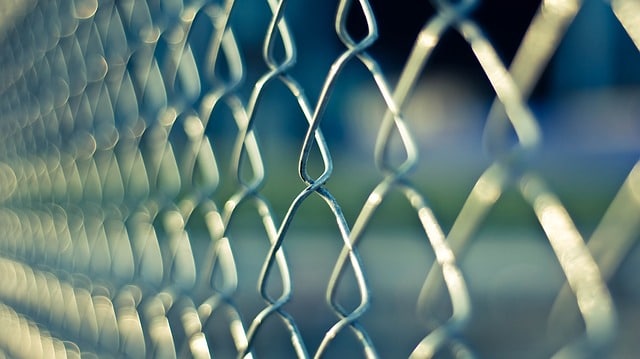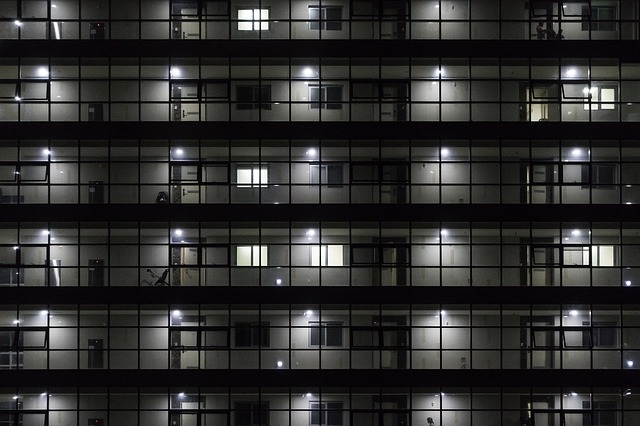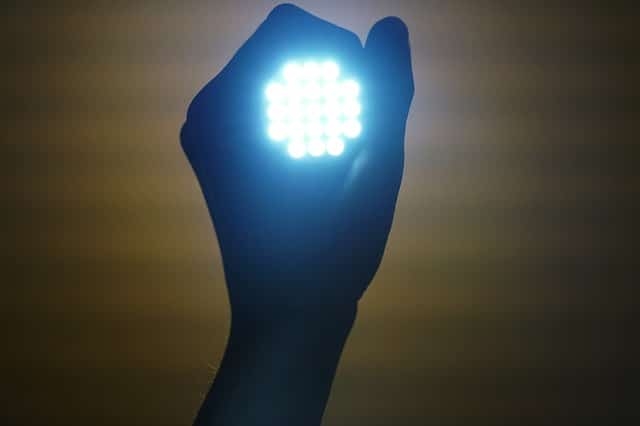Let Your Business Shine
Robert Huff Outdoor Lighting provides commercial outdoor lighting in Houston for various industries. We are a trusted company providing solutions to hotels, restaurants, B&Bs, and more and have solutions that meet the unique needs of your business. Our solutions will illuminate your outdoor spaces in a completely different way and draw in customers like never before.
Personalized Hospitality Lighting with Complimentary Demonstrations
If you would like to see how your hospitality lighting would look like before it is actually installed, we have a solution for that. We offer complimentary demonstrations that provide a sneak preview of what your business could look like. We will work with you to develop a custom plan for your lighting matching your budget and needs and then we will put up a display for you to see. Any adjustments that need to be made are completed on the spot to ensure that you are satisfied.
Types of Hospitality Lighting
 Landscape Lighting
Landscape Lighting- Architectural Lighting
- Security Lighting
- Festive String Lighting
- Spotlights
- Patio and Deck Lighting
- Pathway Lighting
Energy Efficient LED Lighting
We provide hospitality lighting that illuminates your space without depleting your funds, thanks to the energy-efficient LED lighting we use. If you would like to brighten your outdoor spaces in a cost-effective way, this is the ideal opportunity for you. LED lighting is completely customizable. With options to adjust tones, lower intensities, change colors, and much more. To learn more enquire about our remote lighting controls.
If you currently have commercial outdoor lighting around your business, we can upgrade it without having to replace the fixtures completely. Our LED retrofit kits work with almost all lighting solutions available in the market, meaning that we can enhance what you have already and help you enjoy further savings on commercial outdoor lighting.
Improving the Hospitability of the Hospitality Industry
Our specialty is the provision of outdoor lighting for the hospitality industry. If you have a restaurant, hotel, event center, or any such-like establishment, we can provide the best lighting to ensure that your guests are comfortable and cozy. Add romance to an outdoor sitting area or accentuate your landscaping. Whatever your preference may be, Robert Huff Outdoor Lighting will make it shine.
Get Your Free No Obligation Quote
Contact us today or call today to schedule a complimentary quote with an expert in commercial outdoor lighting in Houston. We will visit your property to assess your needs physically. Together, we will come up with the best lighting scheme for your business and ensure that you enjoy years of illuminated enjoyment.

 Symmetrical Approach
Symmetrical Approach So in the residential outdoor lighting, traditionally the color white has been classified as cool white or warm white, this depends on its CCT. When there were more limitations on lighting sources and an item which was not available commercially was LED lighting, what was known as “warm white” was halogen, fluorescent, and incandescent lights with 2700K CCT or with 3000K CCT. What was considered “neutral” was fluorescents with a 3500K CCT and sources with a 4100K CT and above was considered to be “cool white”.
So in the residential outdoor lighting, traditionally the color white has been classified as cool white or warm white, this depends on its CCT. When there were more limitations on lighting sources and an item which was not available commercially was LED lighting, what was known as “warm white” was halogen, fluorescent, and incandescent lights with 2700K CCT or with 3000K CCT. What was considered “neutral” was fluorescents with a 3500K CCT and sources with a 4100K CT and above was considered to be “cool white”.